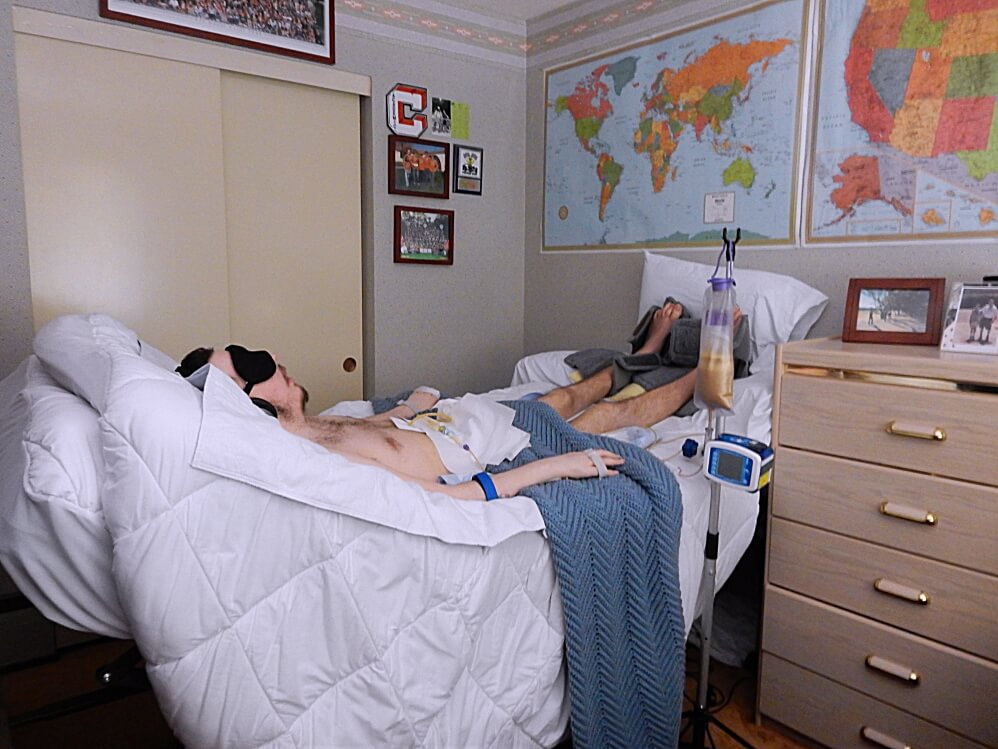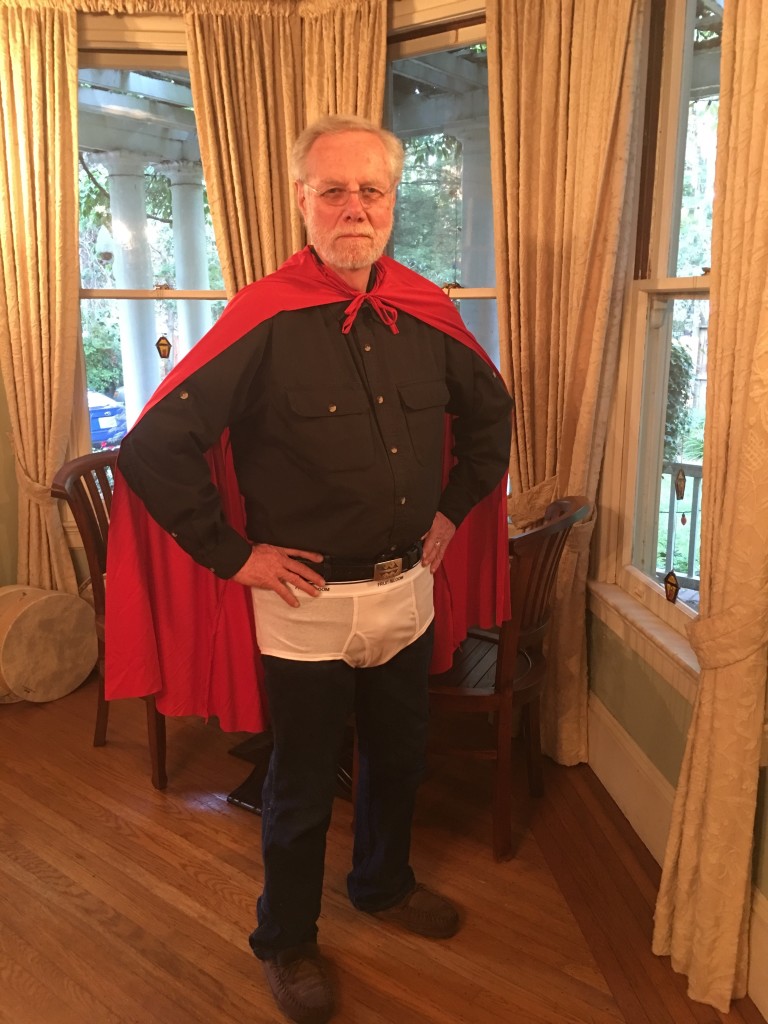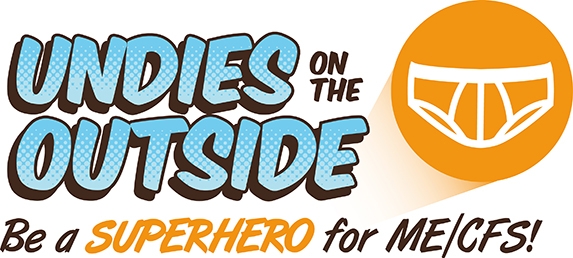For some Valentine’s Day is a day not of love but of profound, despairing loneliness. The candies, cards and flowers from kind people can sometimes serve to open a void of despair, a black hole of unhappiness for them. They are people made lonely through disease. Some lonely for life.
And loneliness kills. That is the brutal bottom line on several recent studies. One by insurance giant Cigna found widespread loneliness, with nearly half of Americans reporting they feel alone, isolated or left out at least some of the time. Releasing the study, Dr. Douglas Nemecek, the company’s chief medical officer for behavioral health, said, “Loneliness has the same impact on mortality as smoking 15 cigarettes a day, making it even more dangerous than obesity.”
I’m fortunate that I’ve seldom been lonely, and never for long. But I’m privy to some of the worst loneliness on the planet. I write and broadcast about those who suffer from Mylagic Encephalomyelitis (ME), also called Chronic Fatigue Syndrome. It is a disease of the immune system, possibly related to Lyme Disease and Fibromyalgia.
Their disease produces loneliness that those who aren’t lonely can only look upon aghast. We can talk about ME, investigate it, try to understand it. But we can never fully understand its limitless duration.
ME is a disease maybe like none other. It has no easy diagnosis, no biological marker that can tell a physician what the trouble is. And when it’s diagnosed, there is no cure and no standard treatment to alleviate and suppress the symptoms.
Some patients get some help from some therapies. Recovery is very rare. It’s almost always a life sentence. For no known reason, more women than men suffer the disease.
Some find ozone infusion works, but it isn’t easy to access. Others get some relief from Ampligen, a very expensive drug which is classed as experimental.
Patients suffer variously and sometimes simultaneously from sleep that doesn’t refresh, brain fog (dysphasia), headache, joint pain, light sensitivity, sound sensitivity and, sometimes, complete paralysis. Unable to pin down the disease from the symptoms, doctors tend to shun patients and to say it is psychosomatic.
So many doctors, unable to spare the time and ignorant of the research on the subject, either discourage their patients or tell them, “It is in your head.”
Those old standbys, diet and exercise, don’t cut it. In fact, ME is exercise-intolerant. Sufferers are knocked out by any exercise other than minimal. Going out to lunch with friends or some other minor endeavor, like grocery shopping, can lead to collapse, with the patient confined to bed.
In fact, one of the only sure-fire ways of establishing a diagnosis is to put the patient on a treadmill. If reasonable exertion results in collapse, then that’s the proof.
Some treatment of symptoms helps some people. Ryan Prior, once a gifted student athlete, takes 19 pills a day and can work. He is a producer for CNN in Atlanta and made one of two U.S. movies about this disease, “Hidden Plague.” He has a created the Blue Ribbon Foundation, aimed at educating new physicians and medical students about the disease.
The other movie is “Unrest,” which is the life story of Jennifer Brea, a talented young woman whose suffering was recorded on home videos. It is an award-winning movie. Brea has delivered a TED talk on ME and continues to advocate as the disease allows.
Laura Hillenbrand wrote two bestselling, non-fiction books, “Seabiscuit” and “Unbroken,” while stricken. She has limited mobility and works in bed with her head raised, talking to people by phone and email. Stairs can be impossible for her.
I’ve received many heart-tearing emails from those who suffer, where spouses and lovers have given up the grinding toil of caregiving and abandoned their former partners. Some patients tell me they dream of death — a welcome release from their terrible days of pain and aloneness.
Suicide rates are believed to be high. But as the Centers for Disease Control doesn’t track suicide as a function of ME, there is no exact data.
What is needed is better-funded research, more doctors educated in the disease, and more attention to the pitiable shut-ins as they wait for a therapy breakthrough. Their loneliness is a punishment on top of a punishment, a life sentence in solitary.
— For InsideSources











